For several years, Artificial Intelligence has been one of the main drivers of innovation in the manufacturing universe. However, many companies ignore how much it is. The market for AI solutions, which in 2020 was worth 1.1 billion dollars, should reach 16.7 billion in 2026, which corresponds to an average annual growth rate (CAGR) of 57.2%. The data is surprising in itself, but also - and above all - for the fact that Industry 4.0 and Artificial Intelligence have been spoken of for at least a decade, yet the potential for growth is still extraordinarily large.
The pandemic, as in so many other areas, has accelerated the digital transformation in our industry as well. A need to optimize production cycles has emerged even more than before, to satisfy the high-mix low-volume logic typical of this market, automation and remote monitoring, that are also fundamental to counteract the skill gap spreading all over the planet.

The impact of Artificial Intelligence in manufacturing
Pertaining to the universe of Data Science and therefore, in a broad sense, to the concept of data enhancement, Artificial Intelligence is not a technology but a set of technologies that, with different methods and methods, aim at optimising and making production more efficient. Indeed, the latter is the primary objective, especially in the era of increasingly small batches and tight deadlines: the use of AI in the various stages of production allows to achieve efficiency objectives without affecting the economic sustainability of the processes. In other words, AI offers the double benefit of increased productivity and reduced costs.
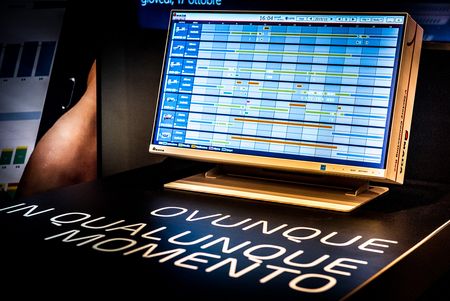
The macrocosm of Artificial Intelligence includes the so-called models of self-learning (Machine Learning), which represent the main manifestation of AI. Let’s not forget, in fact, that smart manufacturing is an industrial paradigm based on the production and circulation of immense volumes of heterogeneous data (Big Data), that from machine control systems (OT) and IoT platforms (IIoT, Industrial Internet of Things) transit through industrial networks and are enhanced through Machine Learning algorithms and mathematical models developed by Data Scientists, a highly sought after figure in this world.
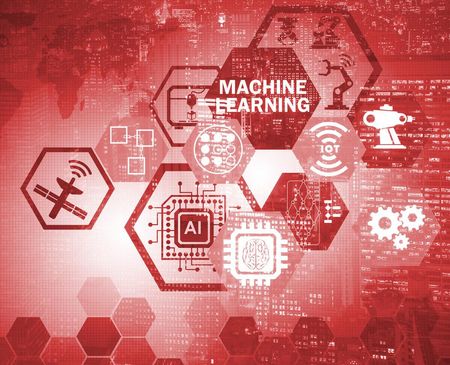
Data processing, which can take place on site (edge) or in the cloud, allows companies to adopt the predictive approach typical of Artificial Intelligence. Predictive maintenance, for example, means that the interventions are carried out according to a fault forecast detected by the algorithms in function of unusual parameters such as noise and vibration. If, as in the case of AMADA services, the operation of the machine can be monitored remotely, this allows technicians to reorder spare parts in good time and carry out repairs almost transparently compared to daily operation. In the event that the machine is still stopped, the downtime is minimal compared to a real failure..
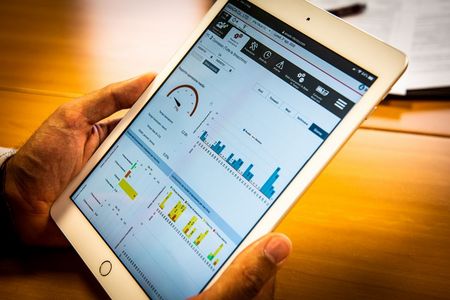
Beyond Predictive Maintenance: AI and Operational Systems
AI will be increasingly pervasive in the context of manufacturing. Within the operations, which include production and warehouse logistics, AI can optimize the paths of raw materials and semi-finished products between the various work cells, but also perfect the various activities of internal logistics.

Operational systems, such as WMS (Warehouse Management System) for warehouse logistics and MES (Manufacturing Execution System) for production, make extensive use of the predictive capabilities of AI: supervising in real time the activities of the logistics plant, the first suggests the better positioning of the goods in function of the rotations and the optimal routes of picking, perfecting times and costs of handling and increasing the safety of the logistic-productive environments; the second can manage to the best the human and material resources according to specific objectives defined by the companies and existing work plans. If we look up, we see a pervasive use of AI in demand forecasting, a fundamental and complex phase of supply chain management.
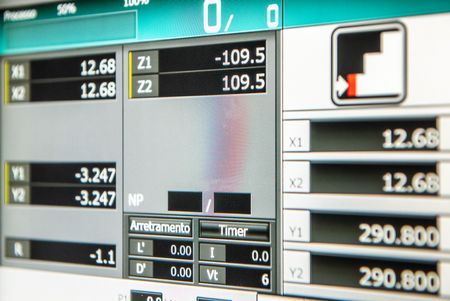
AMADA, between the present and the future of AI
AMADA firmly believes in the potential of Artificial Intelligence as a fundamental innovation factor of the 4.0 era. We talked about remote support, predictive maintenance and, in more general terms, IoT and industry 4.0.
Among the emerging and highly impactful use cases, a specific mention goes to agile remote support. Today it is already possible to create a direct connection between the operator and the supervisor or the AMADA technician through augmented reality dynamics.
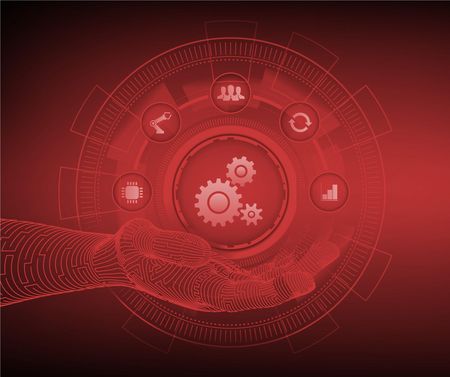
The operator frames the intervention area with the smartphone and is guided with visual indications towards the optimization of the process or the solution of the problem. The increasingly pervasive adoption of Artificial Intelligence will allow to automate more and more the management of routine cases, relying on experienced technicians only the most complex cases. The benefits? Strong cost reduction, exponential increase in efficiency and progressive development of internal skills, so as to stem the problem of lack of specialized skills.
The development is incessant. From R&D processes to quality control, the use of Artificial Intelligence is undoubtedly a more than adequate response to the needs of increasingly challenging and unpredictable markets. AMADA, with the innovations of today and tomorrow, is once again in the front row.